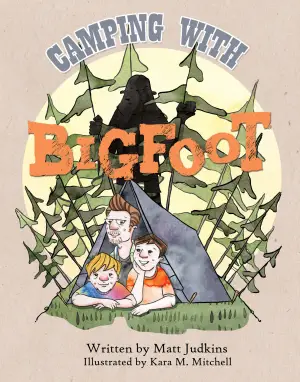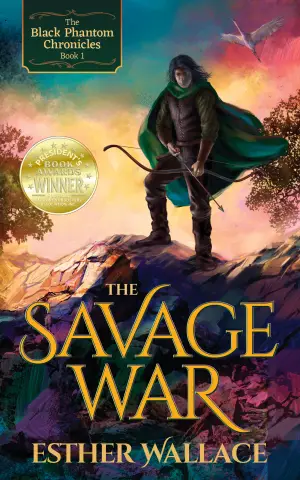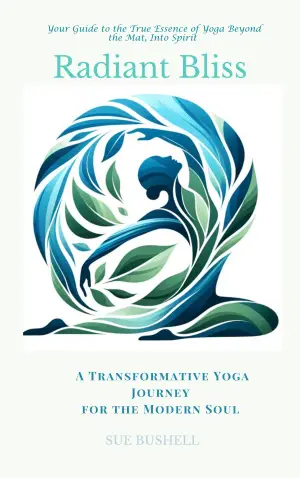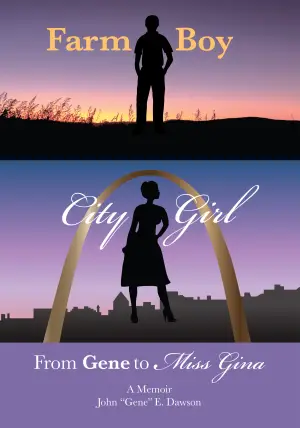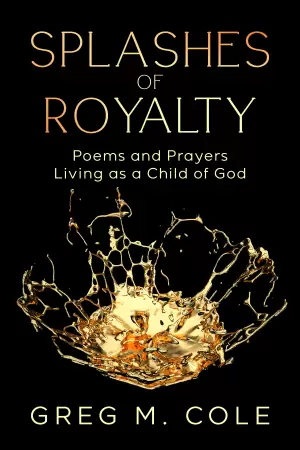Navigating Faith and Friendship: A Review of The Tomb of Dragons by Tessa R. Addison
There’s something deeply captivating about books that delve into the complexities of faith, personal duty, and the intricacies of human relationships. When I picked up The Tomb of Dragons by Tessa R. Addison, the third installment in The Cemeteries of Amalo series, I had a feeling this would be an experience unlike any other. And boy, was I right! This book is a profound exploration of faith—not merely in the sense of belief, but as a lens through which every single event and relationship is viewed. The moment I turned the first page, I found myself tethered to the characters’ struggles and their unwavering hope.
At its core, The Tomb of Dragons is a meditative journey on faith’s burdens and its transcendent beauty. The novel examines what it means to love one’s god and the emotional toll that comes with that devotion. Addison doesn’t shy away from showcasing faith as a complex tapestry of both hope and heartache. One passage that struck me particularly hard was when a character reflects on a pilgrimage, pondering its “success.” It beautifully encapsulates the yearning for clarity and the inherent uncertainty of spiritual journeys, stating, “Often one goes on pilgrimage hoping for clarity of mind… But you do hope. Always.” I wept—not just for the characters but for my own struggles with faith and doubt.
However, I found myself grappling with a few narrative choices. While the depth of Thara’s character as a "witness for the voiceless" struck a chord with me, the introduction of Captain Olgarezh felt a bit jarring. The man arrives almost as if he popped in from a different story! Thara, in the midst of his grief and PTSD, suddenly falling for someone at first sight? It felt too contrived for the otherwise beautifully crafted narrative. I wished that Addison had introduced Olgarezh earlier, allowing us to build a more natural connection to his character, rather than feeling like he was shoehorned in—as if he were a plot device rather than a fully fleshed-out individual.
Still, my affection for this book runs deep. I appreciated how Thara’s emotional journey was depicted with such nuance, making it meaty and relatable. And let’s not overlook the delight I felt when we re-encountered Maia, now a confident and compassionate emperor. His growth felt organic and perfectly interwoven into the story—unlike Olgarezh, who felt more like an afterthought. The court scenes were refreshingly well-handled, rekindling a sense of satisfaction and joy in the reader.
In conclusion, while The Tomb of Dragons exhibited some narrative missteps for me, the book resonated profoundly on themes of faith and love—especially the platonic kind. I imagine it will particularly resonate with those who have ever felt that their friendships could run deeper than romantic affiliations. If you enjoy thoughtful explorations of character driven by personal belief and emotional stakes, then this series, and particularly this conclusion, is certainly worth your time. The journey through Addison’s Amalo is one I deeply cherish, leaving me excited for where her storytelling will lead us next.
Discover more about The Tomb of Dragons (The Cemeteries of Amalo, #3) on GoodReads >>

